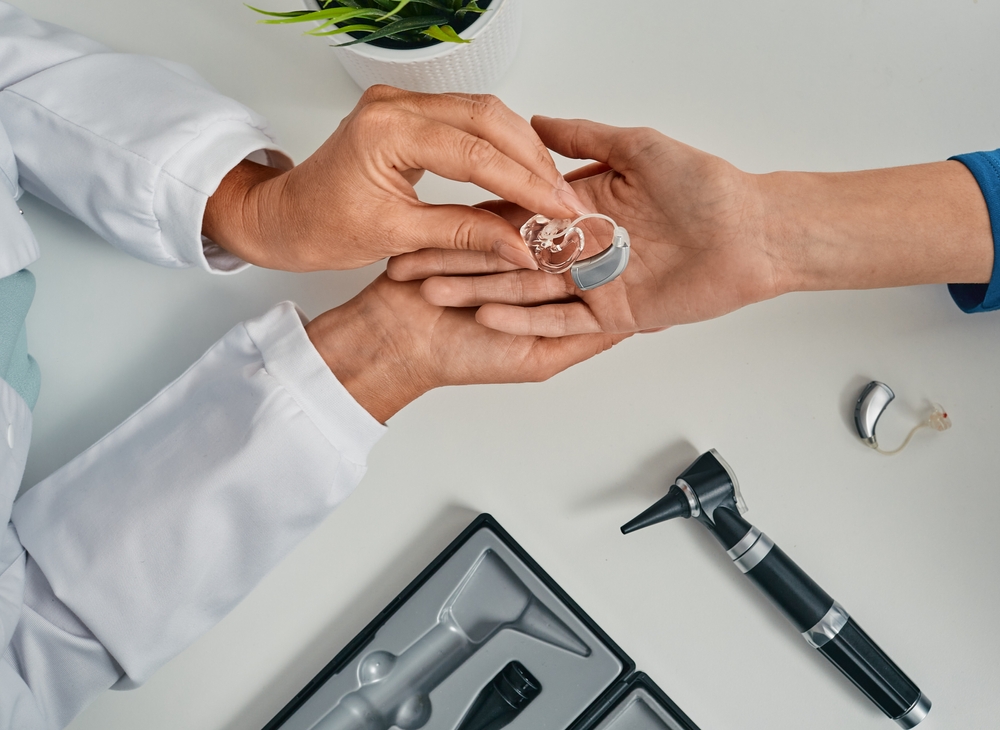
Hearing aids are vital for strengthening daily communication by boosting the clarity of sound. To keep them performing at their best, routine maintenance and professional cleanings are essential. As a result of extended use, a buildup of earwax, moisture, and other particles can happen, causing performance to decline. Recognizing when it is time to schedule professional maintenance can help prolong the life of your hearing aids and ensure they continue to operate at their best.
Why it’s valuable to have your hearing aids professionally cleaned
Even with consistent at-home care, hearing aids progressively collect accumulation that may affect sound quality and performance. Professional maintenance provides numerous major benefits:
- Deep Cleaning– Removes earwax, dust, and moisture that everyday cleaning tools might not successfully remove.
- Enhanced Performance– Removes blockages that can cause muffled sound or distortion.
- Prolonged Lifespan– Protects against early wear and tear, decreasing the need for repairs or replacements.
Getting your hearing aids cleaned by a specialist helps ensure they work at their best, decreasing the likelihood of unexpected malfunctions.
Indications your hearing aids need professional servicing
If you’re uncertain whether it’s time for a professional cleaning, watch for these common warning signs:
- Unclear or Garbled Audio: If voices and background noises seem feeble, muted, or altered, the issue may be caused by obstructions, such as earwax or debris, impeding the device’s microphone or speaker.
- Constant Feedback or Squealing: A squealing noise at a high frequency (feedback) could suggest a blockage from earwax or an ill-fitting device. A professional cleaning can help remove obstructions and refine the fit.
- Problems with Volume Control: If changing the volume doesn’t seem to have the desired effect, internal components might require maintenance or software reset.
- Moisture-Related Breakdowns: Too much moisture can damage internal components, resulting in intermittent sound loss or malfunctioning buttons. A qualified expert can evaluate and resolve problems caused by moisture or water damage.
- Noticeable Wax or Gunk Accumulation: If you notice a considerable accumulation of wax or debris on your hearing aids, professional cleaning ensures a more thorough clearing than at-home care.
- Use precision tools to eliminate wax, dirt, and moisture without harming delicate parts.
- Verify the correct functioning by inspecting and fixing any broken components.
- Inspect both software and hardware to identify any performance problems that might be impacting the sound quality.
- Swap out any tubing or filters that may be impacting the performance of the device.
- Every 3 to 6 months for routine maintenance.
- More regular cleanings are suggested for individuals predisposed to excessive earwax accumulation or those living in humid environments.
- Dealing with small problems quickly can help avoid expensive repairs down the road.
What does a professional hearing aid cleaning look like?
A thorough cleaning service not only keeps your equipment in good working order but also guarantees top performance and efficiency. During the appointment, specialists will:
How frequently should you schedule professional upkeep?
The frequency of professional cleanings relies on factors such as earwax production, moisture levels, and usage habits. Commonly recommended best practices are:
Maintain your hearing aids for optimal performance
Regular professional upkeep is crucial for preserving your hearing aids and ensuring clear, high-quality sound.
If you’re experiencing muffled audio, feedback, or functionality issues, it might be time to set up a professional cleaning.
Set up an appointment for your hearing aid cleaning and maintenance now.